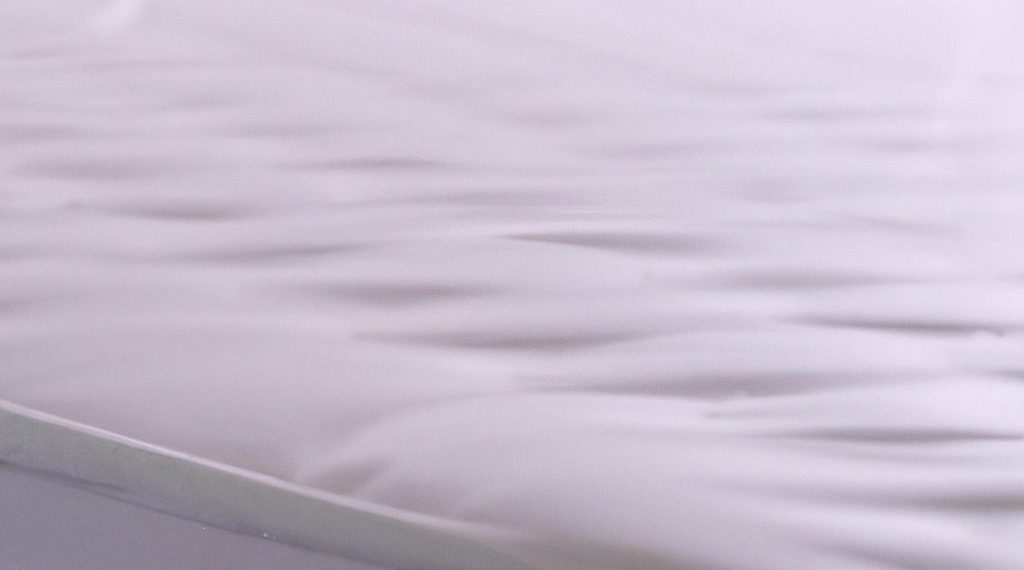Key Takeaways:
- A low air loss mattress is a specialized mattress designed for healthcare settings that provides pressure relief and improves patient comfort and sleep.
- These mattresses work by continuously circulating air through the surface, maintaining a cool and dry environment, and reducing friction and shear forces on the skin.
- Using a low air loss mattress can help prevent and treat pressure ulcers, improve patient outcomes, and enhance the overall quality of care in healthcare settings.
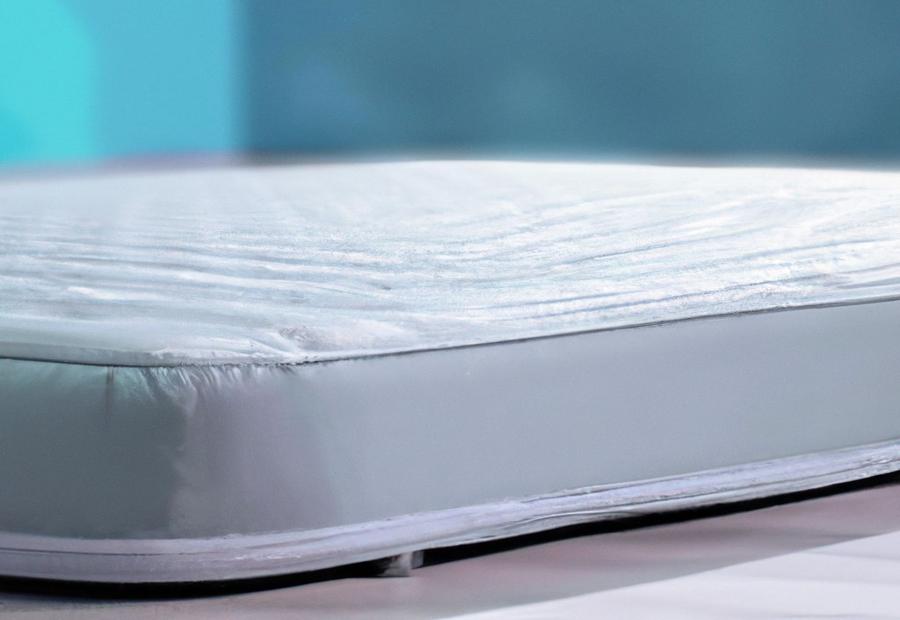
Photo Credits: Www.Mattressreviewguru.Com by Jack Johnson
Low air loss mattresses play a crucial role in healthcare settings by providing effective pressure relief and improving patient comfort. In this section, we will explore the importance of pressure relief in healthcare and delve into the purpose and benefits of low air loss mattresses. The use of these mattresses aims to enhance the healing process and prevent pressure ulcers, contributing to better patient outcomes.
Importance of Pressure Relief in Healthcare Settings
The key to healthcare: pressure relief. Immobility and extended bed rest can lead to the dreaded pressure ulcers, also known as bedsores. These can cause severe pain and even infection, delaying healing. To avoid them, low air loss mattresses are essential. They distribute weight evenly, reducing pressure on vulnerable areas. Plus, an airflow helps reduce friction and moisture. Result? Patient comfort and quality sleep! Medicare often covers costs for eligible patients, so shop around to make sure you get the perfect mattress. Studies show this type of mattress not only helps heal existing wounds, but prevents new ones too. To get the most out of it, regular repositioning, proper inflation, cleanliness, and maintenance are key. Low air loss mattresses: sleep well, and look better!
Purpose of Low Air Loss Mattresses
Low Air Loss Mattresses are created to provide relief in healthcare settings. They use a special technology that allows air to flow through the mattress surface, forming a microclimate. The circulating air reduces heat and moisture, which can contribute to pressure ulcers. It also helps with patient comfort and sleep.
These mattresses also play a role in preventing and treating pressure ulcers. The constant air flow spreads body weight, reducing pressure on bony areas. This stops pressure points and reduces the risk of ulcers. For patients with existing ulcers, these mattresses can help healing by ensuring airflow and avoiding more harm.
Medicare covers low air loss mattresses when certain conditions are met. They understand the value of these mattresses in preventing and managing pressure ulcers. To be eligible, patients must meet specific criteria regarding their medical condition and risk of ulcers. Healthcare providers and patients need to be familiar with Medicare’s guidelines for eligibility and reimbursement.
In conclusion, low air loss mattresses offer comfort, prevention, and treatment of pressure ulcers. They provide a supportive surface to distribute weight and control moisture. When deciding which one to buy, take into consideration features, specifications, user reviews, and ratings.
What is a Low Air Loss Mattress?
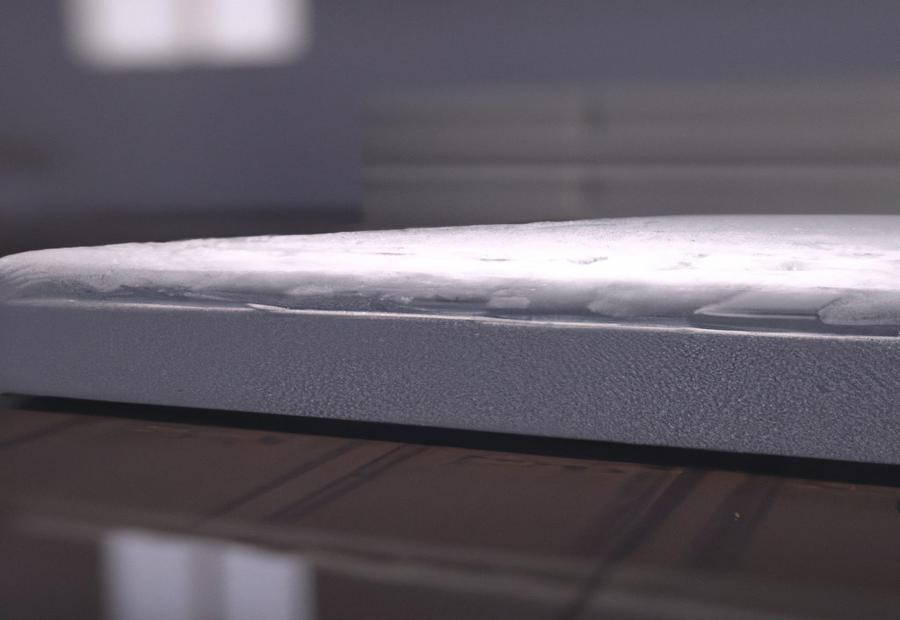
Photo Credits: Www.Mattressreviewguru.Com by Tyler Wright
A low air loss mattress provides advanced technology to enhance comfort and healing. In this section, we’ll explore the components and features of these mattresses, as well as how they work to provide optimal airflow and pressure redistribution. With its unique design, a low air loss mattress offers numerous benefits, making it an essential consideration for those seeking improved sleep quality and therapeutic support.
Components and Features of a Low Air Loss Mattress
Low air loss mattresses are made with components and features to give pressure relief in healthcare settings. These mattresses help with patient comfort, sleep, and preventing and treating pressure ulcers. Medicare covers them. And plenty of brands and models are out there, each with different features.
A key component is the air pump or blower system. It constantly circulates air through the mattress surface to create a microclimate. Plus, moisture-wicking materials in the mattress cover keep the patient dry.
They also have adjustable firmness controls. Healthcare providers can customize support for each patient. By adjusting firmness, pressure is spread evenly across the body, reducing the risk of pressure ulcers.
Some low air loss mattresses may have extra features, like alternating pressure settings. This changes the pressure points on the body to prevent tissue breakdown. Models with adjustable headrests or side rails offer more support and safety.
These mattresses can improve comfort and sleep quality. Plus, they ease pressure on vulnerable areas. Healthcare professionals should look into using low air loss mattresses for better care.
Don’t miss out on low air loss mattress benefits. Invest in one for your patients’ comfort and well-being. Air pressure does the work and beds do the entertaining. Get a low air loss mattress today to help your patients’ quality of life.
How Low Air Loss Mattresses Work
Low Air Loss Mattresses use specialized tech to give optimal pressure relief and airflow to patients in healthcare. These mattresses have components and features that work together to make a comfy, therapeutic sleeping surface. The mechanism is air circulation through small laser-perforated cells in the mattress. This releases low volumes of air constantly, helping to distribute weight and reducing the risk of pressure ulcers. Some models offer custom settings to fit individual patient needs.
They also maintain a dry and cool environment. The flow of air helps regulate humidity and dissipate moisture, reducing skin breakdown. This is great for immobile or limited mobility patients.
Plus, some mattresses have built-in mechanisms like alternating pressure therapy or pulsation modes. These further enhance circulation, reducing pressure on specific areas and giving therapeutic benefits.
Benefits of Using a Low Air Loss Mattress
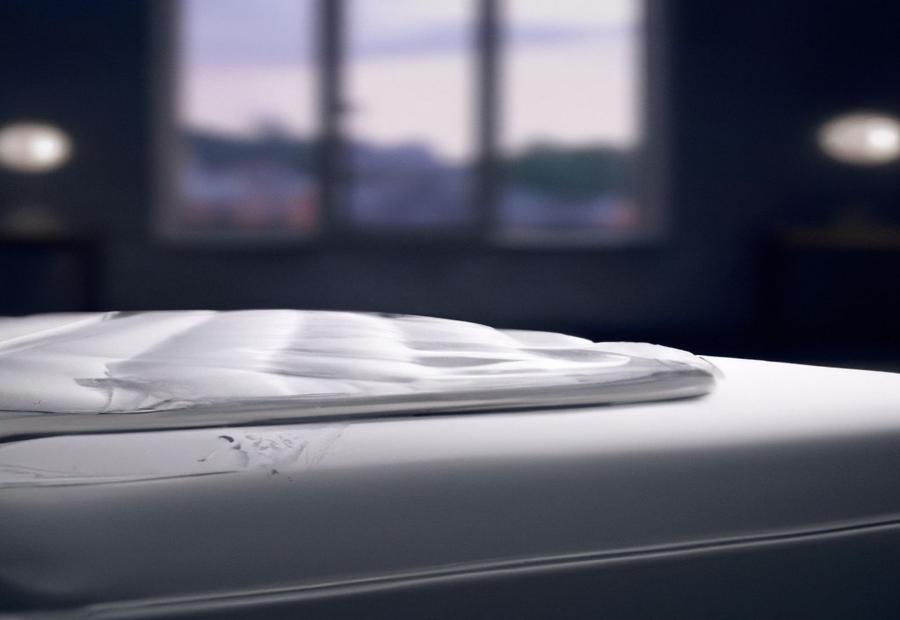
Photo Credits: Www.Mattressreviewguru.Com by Ethan Thompson
A low air loss mattress offers notable benefits, including improved patient comfort and sleep, as well as prevention and treatment of pressure ulcers. With its advanced technology, this mattress provides a conducive environment for optimal rest and healing. Patients can experience enhanced comfort and alleviate pressure points, leading to improved sleep quality. Additionally, this mattress plays a crucial role in the prevention and treatment of pressure ulcers, reducing the risk and severity of these painful conditions.
Improved Patient Comfort and Sleep
Low air loss mattresses are great for patient comfort and sleep in healthcare settings. They have features that create a soothing environment, promoting better sleep. Air-filled cells inflate and deflate to reduce pressure on vulnerable areas and distribute weight. This also regulates temperature and moisture.
The technology used in these mattresses is adjustable for individual needs. This personalized approach ensures tailored support and relief. The air movement helps prevent skin breakdown. There are also alternating pressure modes and adjustable firmness. Patients can enjoy a restful sleep free from discomfort or pain.
These mattresses also play a role in pressure ulcer prevention and management. Pressure is redistributed and moisture is minimized. Studies show that using these mattresses reduces pressure ulcer incidence.
Healthcare providers should regularly assess patient needs and adjust settings accordingly. Then, use proper positioning techniques to enhance patient comfort and prevent pressure ulcers.
Prevention and Treatment of Pressure Ulcers
Pressure ulcers, also known as bedsores or pressure sores, are very common in healthcare settings. They happen when constant pressure is put on a certain area of the body, damaging the tissue underneath. Both preventing and treating pressure ulcers is crucial for patient wellness and avoiding further issues.
Low air loss mattresses are essential for controlling pressure ulcers. These mattresses have been designed with features that spread the patient’s weight evenly, reducing the pressure on the vulnerable spots. The mattress has an interconnected system of air cells that constantly inflate and deflate, generating a gentle flow of air across the patient’s skin.
Patients get more comfort and better sleep due to these mattresses. The regular airflow keeps skin moisture in check, decreasing the chance of skin breakdown. Plus, the mattresses reduce friction and shear forces that may lead to pressure ulcers.
Low air loss mattresses are also used to treat existing pressure ulcers. Clinical trials and case studies have demonstrated positive results of using these mattresses on wounds. The constant airflow helps the affected area get more circulation and oxygen, assisting in the healing process.
In conclusion, low air loss mattresses are a must-have for both preventing and treating pressure ulcers. They give comfort to patients and lower the risk of the sores. By understanding the advantages and using appropriate practices, healthcare providers can manage and treat pressure ulcers effectively, improving patient outcomes.
Medicare Coverage for Low Air Loss Mattresses
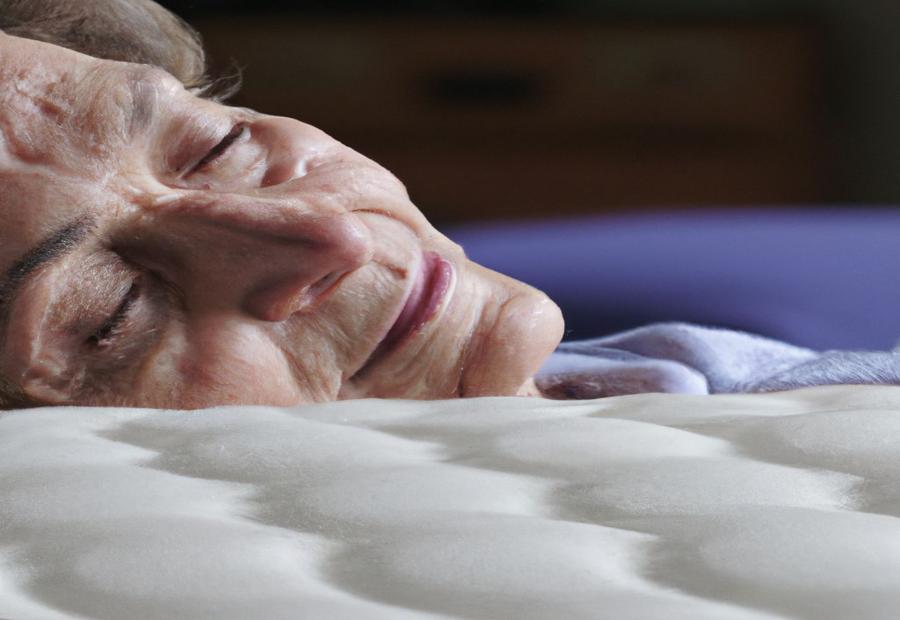
Photo Credits: Www.Mattressreviewguru.Com by Brandon Jackson
Medicare understands the necessity of avoiding pressure ulcers, so they cover low air loss mattresses as a preventive measure. These mattresses are advantageous for those at risk of having pressure ulcers or those with existing wounds. Low air loss mattresses help manage moisture and temperature, making a perfect healing environment.
Reference Data reveals these mattresses are suitable for patients with limited mobility or those who stay in bed a lot. These people frequently have elevated force on certain body parts, leading to pressure ulcers. Medicare coverage for low air loss mattresses shows they understand the requirement for specialized support and pressure relief for these patients.
To summarize, Medicare covers low air loss mattresses to stop and manage pressure ulcers. These mattresses support skin health, reduce pressure on the body, and create an ideal healing environment. With an emphasis on preventive care, Medicare realizes the necessity of tending to the needs of those at risk of pressure ulcers and those who already have them.
Comparison of Different Low Air Loss Mattress Brands and Models
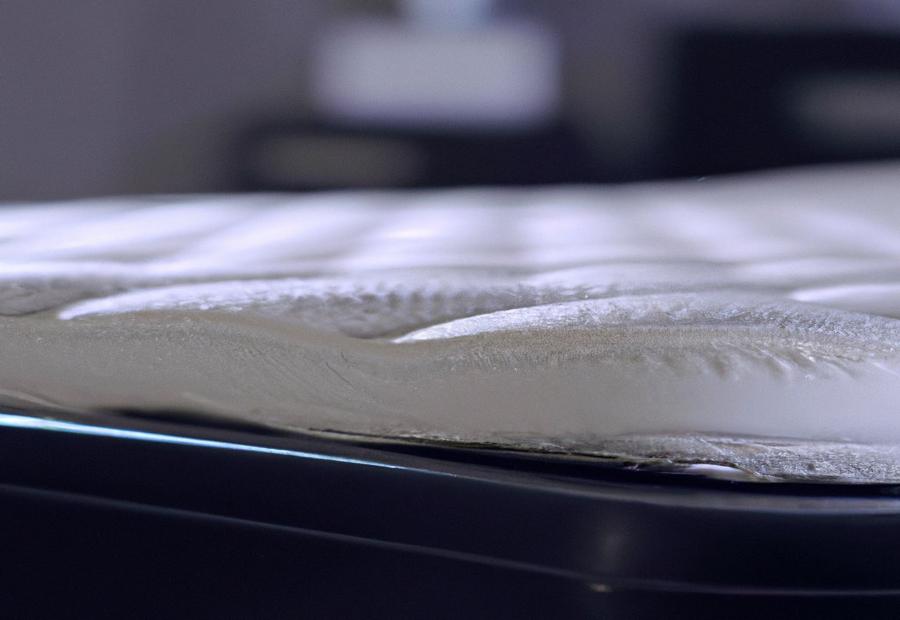
Photo Credits: Www.Mattressreviewguru.Com by Bryan Thompson
When it comes to comparing different low air loss mattress brands and models, it’s important to consider their unique features, specifications, user reviews, and ratings. In this section, we will dive into the world of these mattresses, exploring what sets each brand and model apart. From analyzing the specific attributes that make these mattresses effective to understanding the firsthand experiences of users, we will provide valuable insights to help you make an informed decision.
Features and Specifications of Different Low Air Loss Mattress Brands and Models
Low Air Loss mattresses are created to supply pressure relief in healthcare settings. They improve patient comfort and stop pressure ulcers. To make the best choice for patient needs, understanding the features and specs of the various brands and models is important.
A table can be created to present an overview of the details. It will include info such as brand, model, dimensions, weight capacity, air loss technology, control settings, cover material, warranty period, and price range. Comparing these side by side helps healthcare professionals pick a low air loss mattress.
It’s also worth noting any unique or special features that can differentiate certain models. For example, adjustable firmness settings or customizable air chambers for tailored support may be offered. Knowing these extra details can aid healthcare professionals in finding the most suitable option for their patients.
Considering the features and specs of Low Air Loss mattresses helps healthcare professionals select the best option for patient comfort and pressure ulcer prevention.
User Reviews and Ratings of Different Low Air Loss Mattress Brands and Models
Low Air Loss mattresses are increasingly popular in healthcare settings, due to their many benefits. They are known for improving patient comfort and sleep, as well as preventing and treating pressure ulcers.
When selecting a Low Air Loss mattress, healthcare professionals should consider durability, ease of use, noise level, and effectiveness in preventing pressure ulcers. User reviews and ratings offer insight into different brands and models, helping professionals make informed decisions.
Many users praise the high level of comfort and support that certain Low Air Loss mattress brands provide. Patients often wake up feeling well-rested and with less pain or discomfort. Reviews also note the effectiveness of different Low Air Loss mattresses in preventing pressure ulcers.
Ease of use is another factor highlighted in user reviews. Some models have a simple set-up process, while others excel in adjustability based on individual patient needs. The noise level of a particular mattress is also a crucial consideration. Some Best Air Mattresses to Buy are known to be quieter than others.
Apart from user reviews and ratings, other details to consider when selecting a Low Air Loss mattress include the manufacturer’s warranty, customer service and support, and any additional features or benefits. Examining these factors alongside user reviews will help healthcare professionals make well-informed decisions and provide optimal care.
One remarkable story highlights the power of Low Air Loss mattresses in pressure ulcer management. A patient with severe pressure ulcers experienced significant improvement after being placed on a specific Low Air Loss mattress. The combination of pressure redistribution and comfort allowed the patient’s ulcers to heal more quickly, preventing further damage. This showcases the effectiveness of these mattresses in pressure ulcer management.
Using Low Air Loss Mattresses for Pressure Ulcer Management
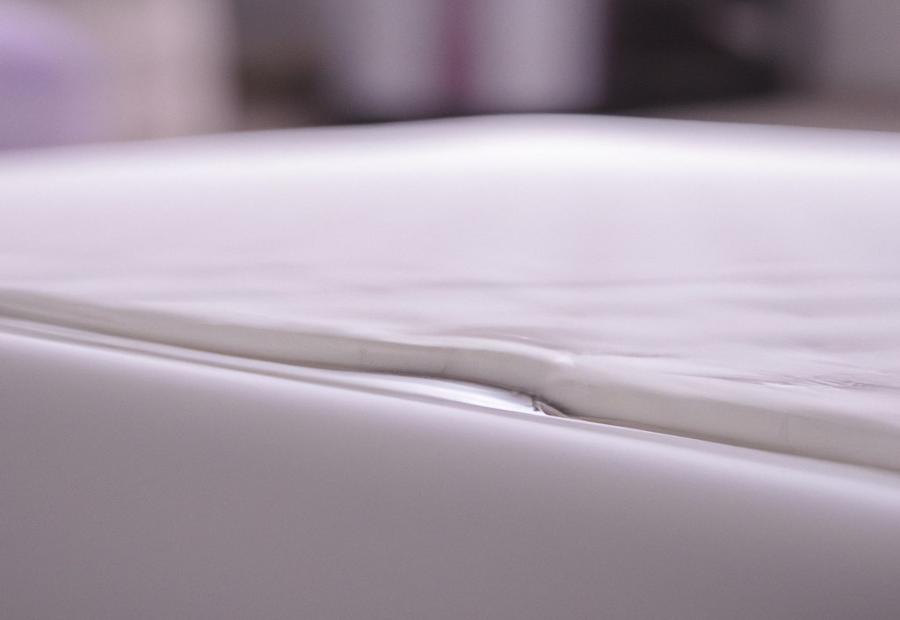
Photo Credits: Www.Mattressreviewguru.Com by Joseph Jones
Low Air Loss Mattresses play a crucial role in effective pressure ulcer management. Discover the power of these mattresses through case studies, clinical trials, and best practices. See how these studies and real-world applications validate the effectiveness of Low Air Loss Mattresses in preventing and managing pressure ulcers. Experience improved patient outcomes and understand the best ways to utilize these mattresses for optimal pressure ulcer management.
Case Studies and Clinical Trials on the Effectiveness of Low Air Loss Mattresses
Low air loss mattresses have been studied and trialed to see how great they are in healthcare settings. These studies and trials try to show how useful these mattresses can be for dealing with pressure ulcers.
These mattresses help patients sleep better. They reduce pressure points, evenly distribute weight, and keep the skin temperature regulated. This leads to better sleep quality and overall patient well-being.
The airflow from these mattresses helps keep the right amount of moisture on the skin, avoiding too much or too little. This prevents sores, and helps heal them too.
Case studies and clinical trials have also compared the cost-effectiveness of low air loss mattresses to traditional surfaces. These studies have shown that using these mattresses saves lots of money when treating pressure ulcers.
Various case studies and clinical trials prove that low air loss mattresses are so good for comfort, prevention, and treatment of pressure ulcers. They are a great tool for better patient care in healthcare settings.
Sleep dreamfully with low air loss mattresses – no more pressure ulcer nightmares!
Best Practices for Using Low Air Loss Mattresses in Pressure Ulcer Management
Low air loss mattresses are key for managing pressure sores. They provide care and comfort to patients, thanks to their unique features. To get the most out of them, best practices should be followed.
- Assessment: Healthcare professionals should assess the patient’s individual needs and conditions before using a low air loss mattress.
- Positioning: Patients should be positioned so as to relieve pressure on vulnerable areas.
- Inflation Control: Air pressure levels need to be monitored and adjusted to prevent sinking or floating.
- Monitoring: Healthcare providers must check the patient’s skin condition, body temperature, and moisture levels for potential issues or changes.
- Cleaning: Cleaning protocols should be followed to maintain hygiene and extend the mattress’s life.
- Educating Caregivers: Caregivers should be trained on proper usage techniques to ensure patient safety and comfort.
By following these best practices, healthcare professionals can use low air loss mattresses to prevent and treat pressure ulcers. According to research, these mattresses are very effective. So, finish your pressure-relieving journey with a low air loss mattress!
Conclusion
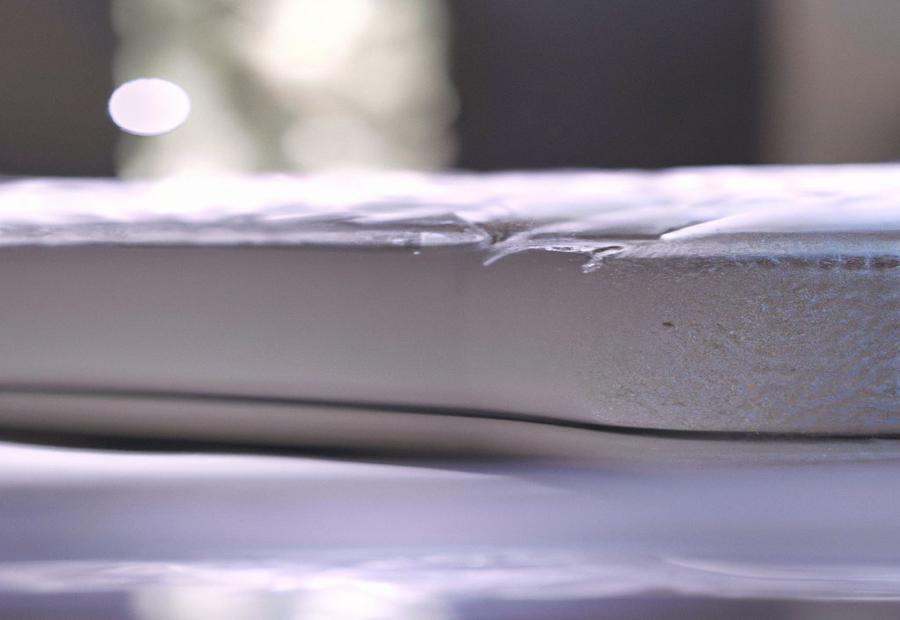
Photo Credits: Www.Mattressreviewguru.Com by Kyle Nelson
A low air loss mattress is a special type of mattress. It has air-filled cells or tubes inside. These are connected to a system that circulates air. This creates airflow beneath the patient. This airflow helps even out pressure and circulation. Also, it regulates temperature and moisture levels. Enhancing comfort and preventing skin breakdown.
Low air loss mattresses are useful for preventing and treating pressure ulcers. They provide continuous airflow, even out pressure, and regulate temperature and moisture. All these features make them a valuable tool in pressure ulcer prevention and treatment.
Resources for Low Air Loss Mattresses
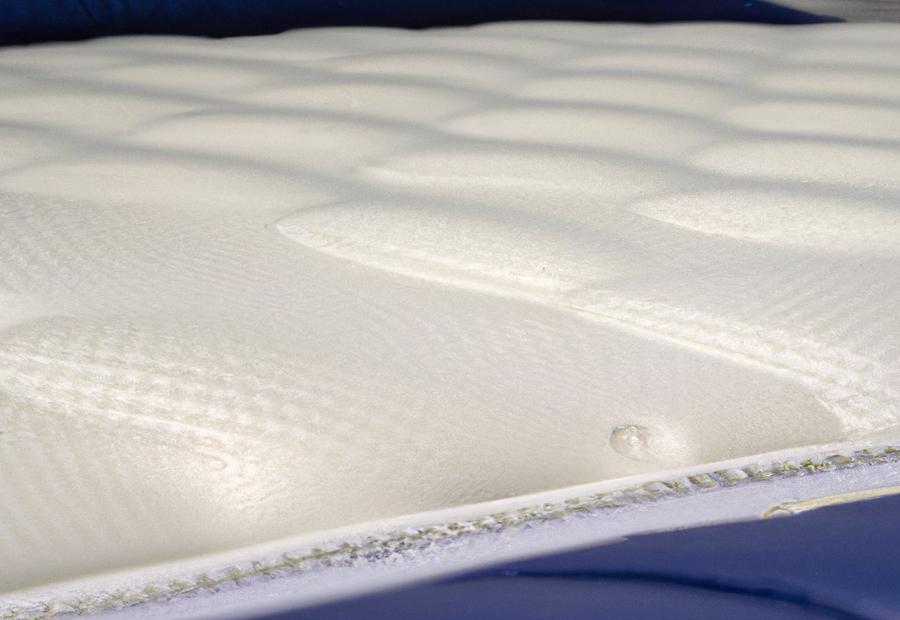
Photo Credits: Www.Mattressreviewguru.Com by Alexander Martin
Unlock the advantages of low air loss mattresses! These valuable resources offer superior pressure relief and bedsore prevention. With air cells that inflate and deflate, weight is evenly distributed and moisture kept at bay. Enjoy a dry, comfortable sleeping surface while reducing the risk of skin breakdown.
Plus, adjust the firmness to meet individual needs. Plus, no more noise disruption – the advanced tech operates quietly. And, enhanced circulation helps the healing process. Even more, explore specialized features such as alternating pressure settings, temperature regulation, and ease of maintenance.
Often used in hospitals and home healthcare, these mattresses are ideal for limited mobility or those at risk of bedsores. So, don’t miss out! Find the best resources, tech, and reviews. Stay ahead in providing optimal pressure relief and prevention of bedsores. Make a positive impact on patient outcomes by investing in a low air loss mattress today.
Some Facts About Low Air Loss Mattresses:
- ✅ Low air loss mattresses are designed to prevent and treat pressure wounds caused by constant pressure on the skin, resulting in lack of oxygen and nutrients. (Source: Team Research)
- ✅ These mattresses use inflatable air tubes that alternate inflation and deflation to relieve pressure and ensure proper air circulation. (Source: Team Research)
- ✅ Low air loss mattresses can be used for both prevention and treatment of pressure wounds and are suitable for patients who are immobilized or have medical conditions affecting blood flow. (Source: Team Research)
- ✅ Medicare coverage for low air loss mattresses depends on specific criteria and requires proper medical documentation. (Source: Team Research)
- ✅ Low air loss mattresses reduce recovery time and complications by regulating moisture levels and improving blood flow to the wound site. (Source: Team Research)
FAQs about What Is A Low Air Loss Mattress
What is a Low Air Loss Mattress?
Low air loss mattresses are specialized beds designed to prevent and treat pressure wounds, specifically for patients at a high risk of developing them or those already suffering from pressure ulcers. These mattresses use inflatable air tubes that alternate inflation and deflation to relieve pressure and ensure proper air circulation. They are suitable for patients who are immobilized, lack sensory perception, or have medical conditions affecting blood flow.
How do Low Air Loss Mattresses work?
Low air loss mattresses work by periodically inflating and deflating the air tubes, reducing skin interface pressure and promoting air circulation. This helps in regulating moisture levels, maintaining a dry environment, and preventing pressure ulcers. The mattresses also provide a supportive and comfortable sleep surface by distributing weight evenly and alleviating pressure points. The mattresses can be used for both prevention and treatment of pressure wounds.
What are the benefits of using a Low Air Loss Mattress?
Using a low air loss mattress offers several benefits. It helps in reducing the risk of pressure ulcers by relieving pressure on the skin and promoting air circulation. These mattresses also regulate moisture levels and prevent the buildup of heat and perspiration, creating a healthier environment for the patient. Additionally, low air loss mattresses provide superior comfort and support, promoting better rest and overall well-being.
Are Low Air Loss Mattresses suitable for bariatric patients?
Yes, low air loss mattresses are suitable for bariatric patients who are at a greater risk of pressure soreness. Bariatric patients may require a higher volume airflow to counteract increased perspiration. Specific low air loss mattresses designed for bariatric patients, such as the Proactive Protekt Aire 8000BA Mattress, offer dual therapy with low air loss and alternating pressure, providing the necessary support and pressure redistribution.
Do Low Air Loss Mattresses offer therapeutic benefits?
Yes, low air loss mattresses offer therapeutic benefits. They help in improving blood flow to the wound site, reducing recovery time and complications. By regulating moisture levels and enhancing air circulation, these mattresses contribute to the healing and repair of blood vessels. Low air loss mattresses are an effective part of wound care and therapy programs.
Can Low Air Loss Mattresses be used in home care settings?
Yes, low air loss mattresses can be used in home care settings. Specific low air loss mattresses, such as the Medline A20 Low Air Loss Therapy Mattress, are designed for home care wound treatment. These mattresses offer customizable therapy options and easy cleaning. It is essential to consult a certified medical professional to determine the suitability and usage guidelines for any medical product, including low air loss mattresses.

